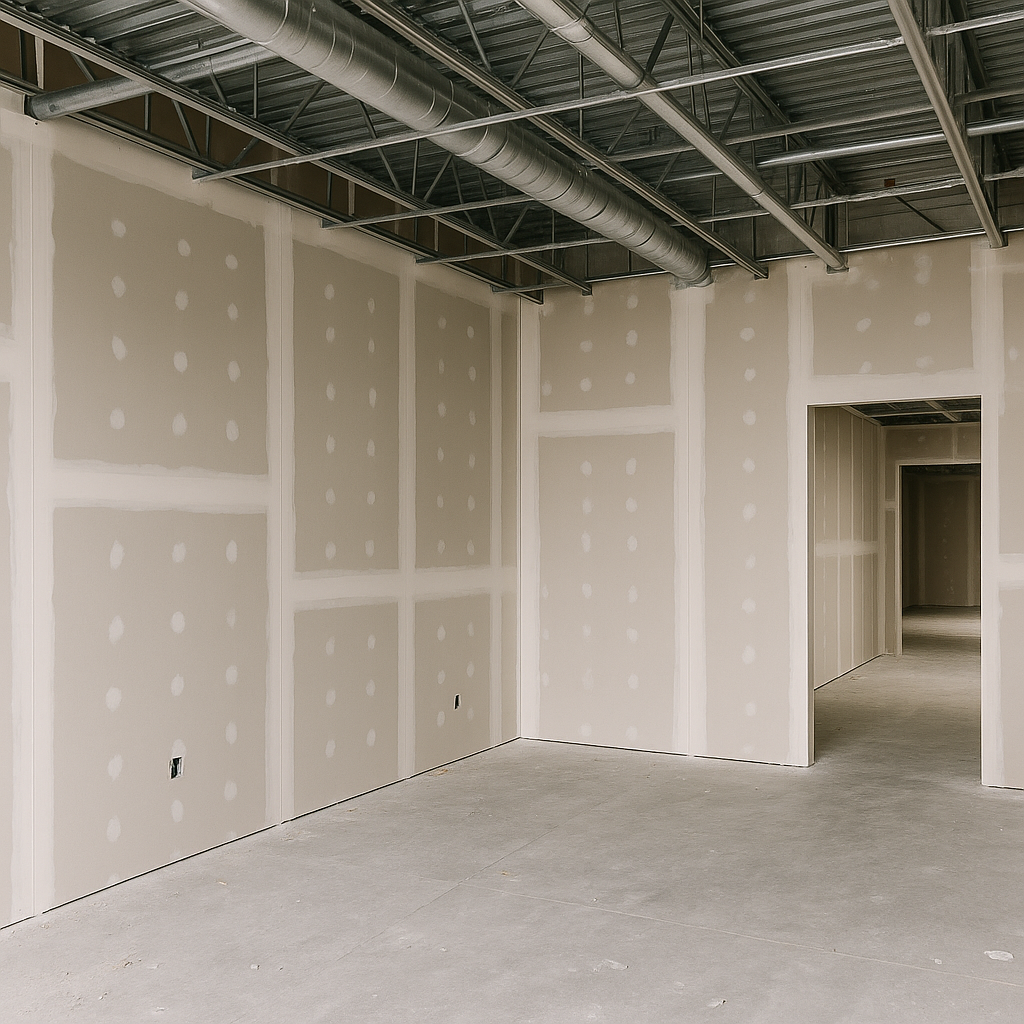
In an industry where responsiveness can make or break profitability, modern estimating solutions must rise to meet the challenges of dynamic construction markets. Today’s commercial and residential contractors face constant pressure from labor shortages, material price volatility, and increasingly complex bidding environments. With this in mind, Active Estimating is leading the shift toward highly responsive, data-driven intelligence platforms that allow estimators to adapt swiftly without sacrificing accuracy.
Traditional estimating methods can no longer keep pace with the frequency and severity of market fluctuations. Estimators must account for rising material costs, shifting labor demands, and mid-project scope changes—often with little lead time. Static or outdated software systems fall short in this context. Instead, systems that support iterative, real-time adjustments empower teams to refine cost models and labor projections quickly as conditions change.
Active Estimating supports this agility through a modular, spreadsheet-style workflow, enabling immediate changes to labor assumptions, equipment types, and production conditions without manual recalculations or system delays. In practice, this means estimators can respond to supplier pricing changes or field feedback in minutes, not hours or days.
In rapidly evolving bid environments—especially those involving negotiated work or pre-construction design-assist contracts—estimators must be able to present revised figures with precision and speed. The embedded logic of Active Estimating’s tools eliminates the bottlenecks found in legacy platforms, where even small changes require extensive rework or IT support. Instead, cost managers and estimators can build or edit full budgets without outside intervention, enabling efficient collaboration between estimating and project management teams.
Rather than relying on artificial automation alone, Active Estimating prioritizes transparency and direct control, letting professionals leverage their expertise while enhancing speed and accuracy. For example, field data and trade feedback can be directly imported into estimates without corrupting underlying cost logic. This “data-driven intelligence” approach bridges the gap between field conditions and office projections—especially useful when adapting to jobsite realities or last-minute schedule compression.
Further, the system’s consistent formatting across trades, divisions, and disciplines supports large-scale estimating teams working across dozens of bids simultaneously. Shared structures mean estimators can onboard quickly, and pricing adjustments can ripple across departments instantly without misalignment.
Quickly adapting to price volatility and workforce constraints isn’t just operational—it’s strategic. Contractors using tools like Active Estimating can:
Ultimately, firms that invest in flexible, transparent estimating systems position themselves ahead of competitors in responsiveness, trustworthiness, and efficiency. Whether competing for public infrastructure contracts or high-end tenant improvements, estimating speed and accuracy are a clear differentiator in today’s environment.
Construction firms can no longer afford to rely on static estimating platforms. With constant market disruption becoming the norm, tools that empower quick, informed, and context-specific decisions are essential. Through its transparent design, flexible logic, and built-in data adaptability, Active Estimating delivers the responsiveness today’s contractors need to remain competitive—no matter how unpredictable the market becomes.
Contact Information:
Active Estimating
508 2nd Street, Suite 208
Davis
California
95616
Rich Schoener
richard@activeestimating.com
(877) 982-2848
https://www.activeestimating.com/drywall-estimating-software
Original Source:
https://www.activeestimating.com/media-room
Schedule a personalized demo to see how Active Estimating can work for your specific needs.
